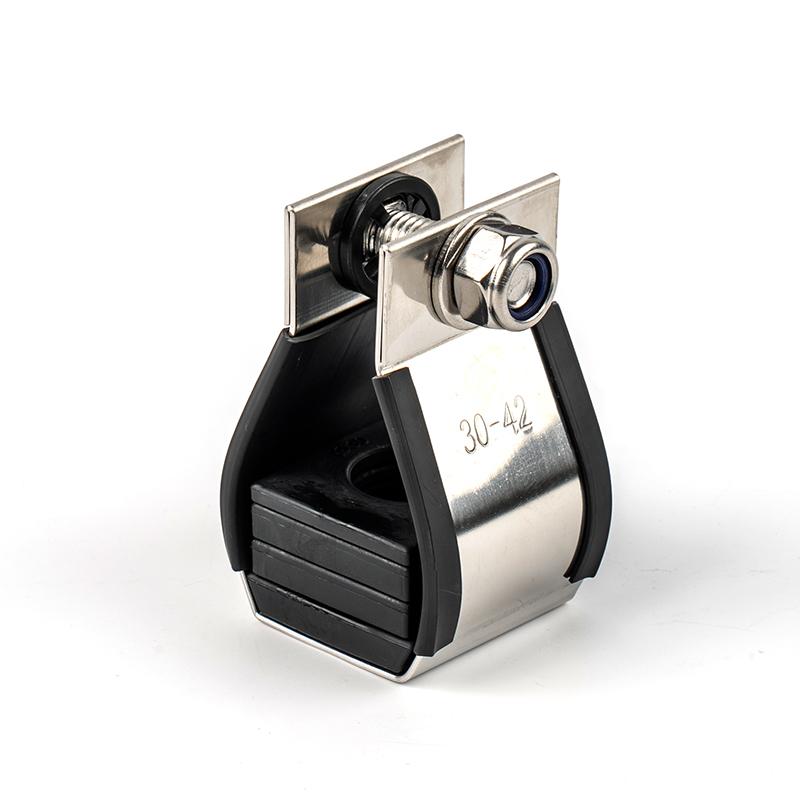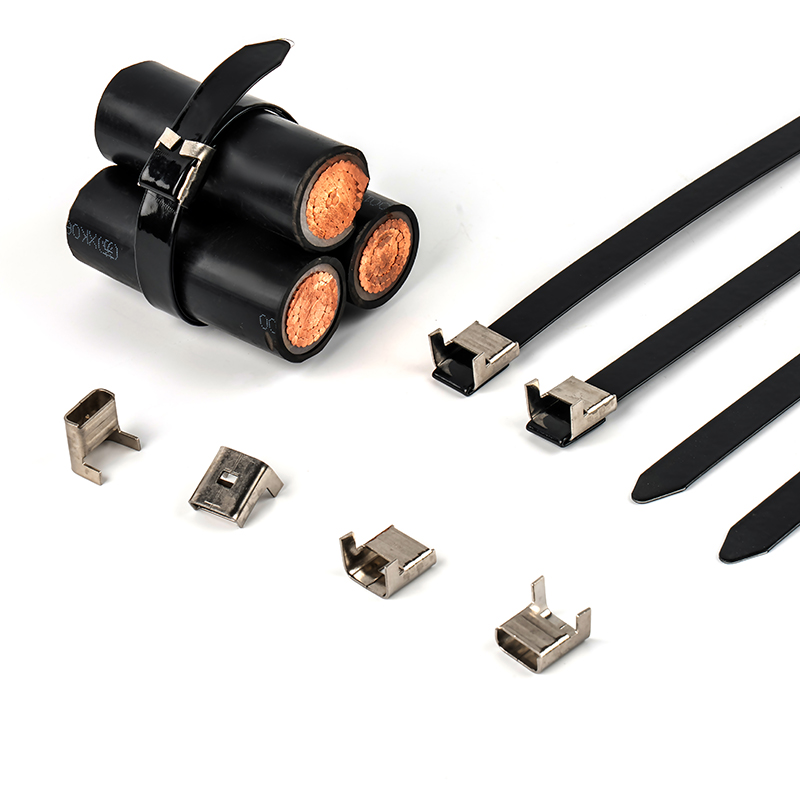+86-0575-8215 2808
/8200 8688/8239 2526

The single cable Cleats made of 316 stainless stee...
View more
Manufactured from high-grade 316 stainless steel, ...
View more
Brand Name: FengfanApproved Certificate: DNV &...
View moreMaterials Suitable for Cable Cleats in High‑Temperature or Corrosive Environments
1.316L Stainless Steel – Offers excellent corrosion resistance, pitting resistance, and high‑temperature creep performance, allowing it to retain strength over long periods in marine, chemical, and nuclear power environments.
2.Aluminum Alloy with Epoxy Coating – A 75–125 µm epoxy layer provides superior protection against corrosion and debris ingress, making it ideal for outdoor or humid conditions.
3.High‑Density Polyethylene (HDPE) / Polytetrafluoroethylene (PTFE) Insulation – Possesses outstanding chemical resistance and high‑temperature tolerance, suitable for applications that require both electrical insulation and corrosion protection.
4.High‑Temperature Composite Materials (e.g., heat‑resistant nylon, PPA‑coated parts) – Maintain mechanical strength above 150 °C, fitting high‑temperature power stations or shipboard installations.
How to conduct on‑site inspection and maintenance of cable clamps?
On‑Site Inspection and Maintenance of Cable Cleats
Visual Inspection & Fastening Verification – Regularly check whether bolts are loose and whether pads are worn, ensuring the cleat maintains its designed clamping force.
Online Monitoring Techniques – Use waveform analysis and low‑voltage discharge monitoring to capture abnormal discharges on cable metal sheaths in real time, enabling early fault detection.
Specialized Inspection Robots or Climbing Devices – For large bridges, vessels, and other hard‑to‑reach sites, employ wheeled or tracked inspection robots to achieve efficient and precise inspection.
Periodic Replacement of Pads/Protective Sleeves – Over time pads may lose elasticity or age; replace them according to the maintenance manual to preserve the short‑circuit buffering function.